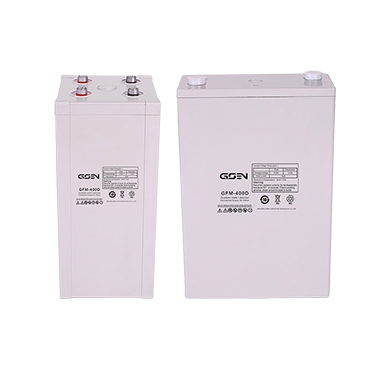In September 2020, Chinese President Xi Jinping announced to the United Nations General Assembly that China would expedite its voluntary carbon emissions reduction targets ahead of its pre-existing commitments.
China, Xi said, would hit peak emissions before 2030 and become carbon neutral before 2060. Previously, under the Paris climate agreement, China committed to reach peak emissions “around” 2030, and did not have a set date to become carbon neutral.
Carbon neutrality means that countries balance their CO2 emissions by equivalent reductions in CO2 from the atmosphere. China’s pledge to become carbon neutral puts it in closer alignment with many other countries, such as the US and EU member states, which have pledged to become carbon neutral by 2050.
As the world’s largest polluter of carbon dioxide – responsible for about 28 percent of global emissions – China’s pledge to become carbon neutral will change the nature of the country’s economy, as well as global efforts to combat climate change.
Carbon neutrality
Similar articles
- Renewable Energy Technology Brings New Hope to the Poorest Part of the World's Populati…
- Ford announces new energy plan or adopts LiFePo4 battery
- A large number of battery storage systems installed in German family
- China’s Carbon Neutrality Pledge
Latest news
- Renewable Energy Technology Brings New Hope to the Poorest Part of the World's Populati…
- Ford announces new energy plan or adopts LiFePo4 battery
- A large number of battery storage systems installed in German family
- China’s Carbon Neutrality Pledge
- New Products: 5KWH / 10KWH Wall Mounted Lithium Battery Pack
- 5 Key Differences Between Lead-acid and Lithium Batteries

 中文
中文 English
English



